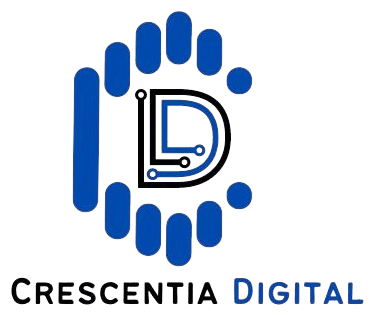A logo is more than just a symbol; it’s the face of a brand, the first impression customers have, and a visual representation of a company’s identity. In today’s competitive market, a well-designed logo can set a business apart, making it memorable and instantly recognizable. But what goes into designing a logo that truly resonates?
The Importance of a Great Logo
A logo serves multiple purposes:
- Brand Recognition: A strong logo helps people identify your brand quickly. Think of the golden arches of McDonald’s or the swoosh of Nike—instantly recognizable symbols that carry their respective brands’ essence.
- Professionalism: A polished logo conveys trust and professionalism, reassuring potential customers about the credibility of your business.
- Storytelling: Behind every great logo lies a story. Colors, typography, and design elements come together to convey a brand’s values, mission, and personality.
Key Elements of a Great Logo Design
- Simplicity: A simple logo is easy to remember and versatile for various applications, from business cards to billboards.
- Relevance: Your logo should reflect the nature of your business. For example, a tech company may opt for sleek, modern lines, while a bakery might use warm, inviting tones.
- Timelessness: Trends come and go, but a good logo stands the test of time. Avoid overly trendy elements that might date your design.
- Scalability: Your logo should look great whether it’s on a tiny mobile screen or a massive billboard.
- Memorability: Unique design elements can make your logo stick in people’s minds, fostering brand loyalty.

The Logo Design Process
- Research: Understand the brand’s identity, target audience, and competition.
- Sketching: Start with rough sketches to explore ideas.
- Digitization: Use design software like Adobe Illustrator to bring your ideas to life.
- Feedback: Share your designs with stakeholders and gather constructive feedback.
- Refinement: Polish the chosen design, focusing on details like alignment, color harmony, and scalability.
Common Mistakes to Avoid
- Overcomplicating the Design: Too many elements can make your logo cluttered and hard to understand.
- Ignoring Versatility: A logo should work in black and white, as well as in color.
- Relying Solely on Trends: While it’s good to stay modern, over-reliance on trends can make your logo feel dated quickly.
Conclusion
A logo is more than just a design; it’s the cornerstone of a brand’s identity. Whether you’re a startup or an established business, investing time and effort into creating a meaningful logo can pay off immensely. Remember, a great logo isn’t just seen—it’s remembered and cherished.
If you’re looking to create a logo that truly stands out, consider hiring a professional designer or exploring online design tools. Your logo is the first step in telling your brand’s story—make it count!
